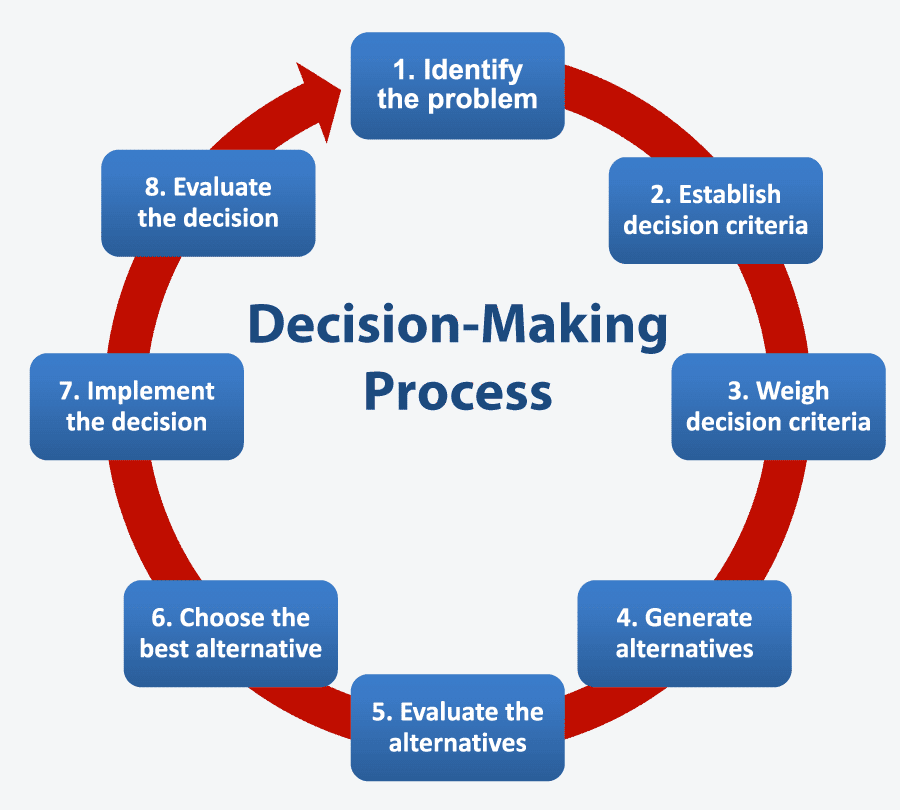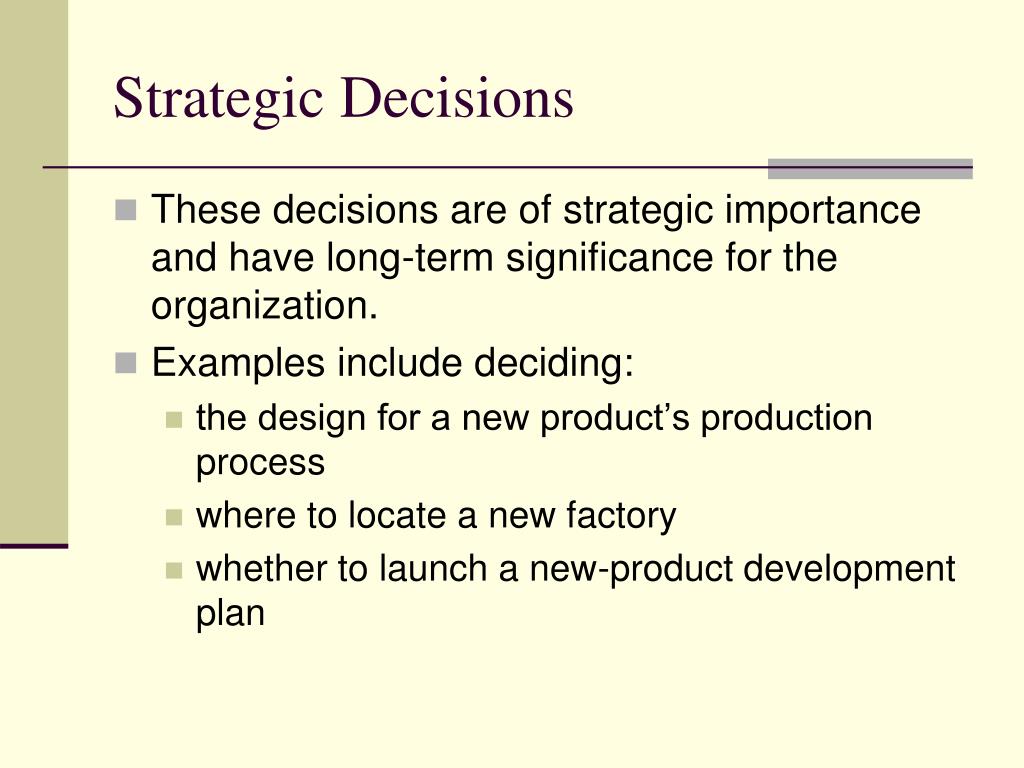
These ideas are developed in the Strategy Development section Operating plan Share or penetration into your chosen marketĪ clear articulation of objectives will allow you to set priorities for your venture, which will be critical as you face the many tough decisions that any entrepreneur must face.Key milestones (prototype, product, customer, partnerships,etc.).

A compelling vision is necessary to inspire investors, recruit and motivate employees, and to excite customers and partners.Īs a first step toward creating your operating plan, you should create a set of high level objectives for your business. This is an opportunity to define, at a fundamental level, what your company will do and what it will not do.Īn element of position is your company’s vision: how it wants to be known or thought of. “Position” refers both to how your company is differentiated from any competitors and also how it relates to other companies in the value chain. If there are any assumptions required for your theory to be true (such as the existence of complementary product or services, or the customer’s willingness to change business processes) these should also be articulated. It involves a definition of a solution to the customer’s need, an hypothesis about how and how much the customer will pay for that solution. The business model is your theory about how you will make money. In the growth phases, you continue to refine you basic idea, re-evaluate the opportunity and revise your plan. We separate these ideas for convenience in description but it is worth keeping in mind that these are ongoing aspects of your management of the business. As you test the hypothesis, you are beginning to execute the first steps of your marketing plan (and possibly also your sales plan). Even as you begin your evaluation, you are forming at least a hypothesis of a business strategy. At this point, you continue to ask questions but spend more of your time carrying out your plans.Īlthough it is natural to think of the early steps as occurring sequentially, they are actually proceeding in parallel. The emphasis shifts from planning to execution. Growth: After launch, the company works toward creating its product or service, generating revenue and moving toward sustainable performance. Company formation/launch: Once there is a sufficiently compelling opportunity and a plan, the entrepreneurial team will go through the process of choosing the right form of corporate entity and actually creating the venture as a legal entity.ĥ.

In the planning phase you will need to create two things: strategy and operating plan.Ĥ. A plan begins as a fairly simple set of ideas, and then becomes more complex as the business takes shape.
#10 OM STRATEGY DECISIONS HOW TO#
Planning: Once you have decided that an opportunity, you need a plan for how to capitalize on that opportunity.

But you should also consider other assets such as intellectual property, personal relationships, physical property, etc.ģ. Investment is principally capital, whether from individuals in the company or from outside investors, and the time and energy of a set of people. Opportunity Evaluation: this is the step where you ask the question of whether there is an opportunity worth investing in. (A characterization of this phase is still work in process on this site.)Ģ. In our context, we take an idea to be a description of a need or problem of some constituency coupled with a concept of a possible solution.

Idea Generation: every new venture begins with an idea.


 0 kommentar(er)
0 kommentar(er)
